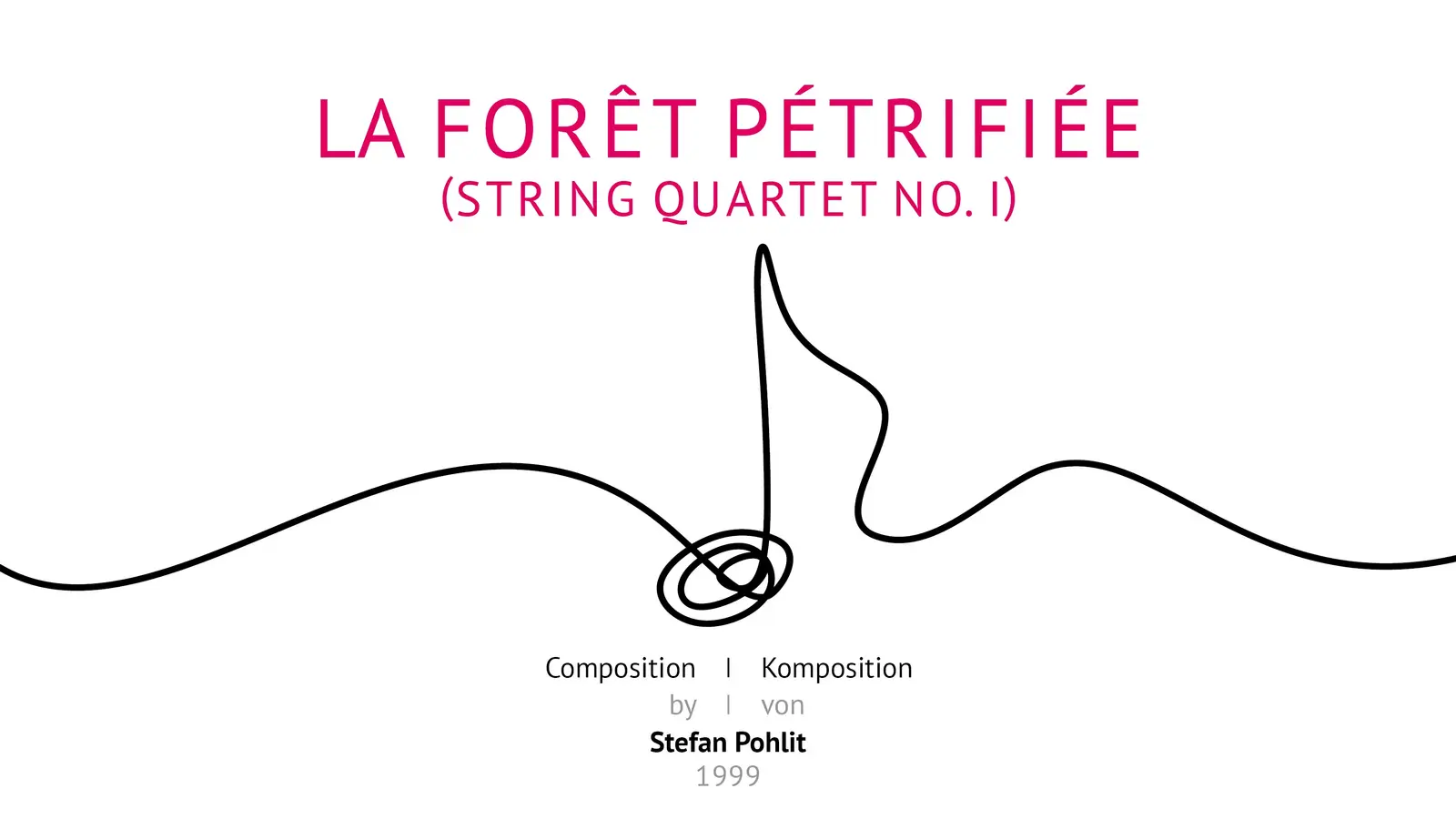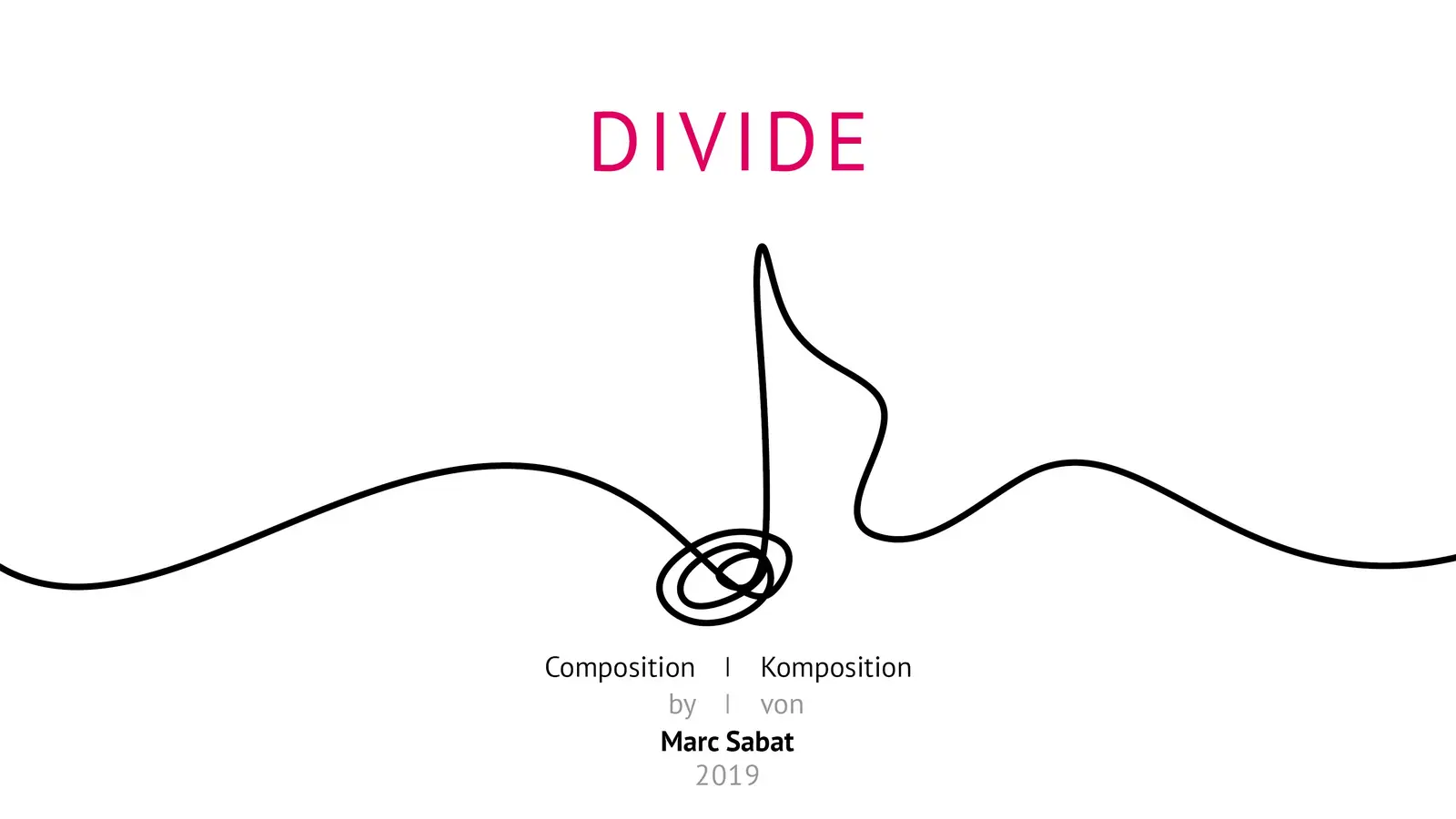Tandem Project
Avant-Garde Arab Music: New Compositions I
Music Workshop & Recordings
What happens when the Arab string instrument Qanun and the Arab flute Ney meet traditional Western bowed string instruments like the violin, the viola, and the violoncello? Their interplay creates a new and exceptional world of sound. AGYA member Dr. Rami Chahin and Dr. Mohammed Alkatan are immersed into this soundscape to further explore this exceptional interaction.
Five pieces of contemporary music are waiting for curious ears to listen
Musicologist Rami Chahin gathered a diverse ensemble of composers and musicians from Brazil, Canada, Egypt, Germany, Italy, Japan, the Netherlands, Palestine, Poland, and Syria who ventured a contemporary interpretation of traditional Arab maqamat. As a result, five innovative pieces of contemporary music compositions have been recorded.
With this project, we try to connect the shared heritage of microtonal music in Europe and the Arab countries.
Rami Chahin
Microtonal music – exploring the richness of ‘in between’
Traditional Arab music and classical Western music are entangled in different philosophies, aesthetics, and – most strikingly – tonalities. Arab music follows a microtonal system: a tonal system, which has specific intervals smaller than a semitone. It is known for its richness and variety of tone intervals that differ from Western twelve-tone. The microtonal interval is the tonal basis for the so-called maqamat, which is a concept from Arabic music theory. Another main characteristic of Arab music is a high share of improvisation: Arab musicians have developed high skills to perform freely different kinds of sound techniques and maqamat modulating creatively between them. Different intervals are used to express various feelings.
These diverse tonal possibilities and modes of expression lead to a great richness of tonal patterns, which open new horizons for classical Western music. Since the beginning of the 20th century, a large number of composers have been grappling with the question of an alternative tone system for their innovative works. The microtonal system offers a broad spectrum from which to draw.
The merge of traditional Arabic and classical Western music does not create only 'one' new acoustic colour. Through the rich possibilities of microtones, it creates a musical rainbow in which every shade can be expressed tonally. While the microtonal maqam intervals are deeply rooted in Arab culture, it can be an unfamiliar experience for Western European ears. However, this was not always the case as Rami Chahin explains: "The temperament twelve-tune system started to replace the variable microtonal systems only in the 15th century, when keyboard instruments and fretted instruments like the lute started to dominate live music performances. Later in the 17th century, musicians started to use the well temperament, which was developed by the German organist, composer and theorist Andreas Werckmeister.”
The Sound of the Rainbow: Hulm | Dream | Traum by Rami Chahin
What the rainbow with its richness of nuances is to the world of colour, is the microtonality to the world of music. To make the entire sound spectrum audible, Rami Chahin gathered musicians to play new interpretations of traditional maqam. One example is Chahin's composition 'hulm' (Arabic for dream). In this unique piece, tenor singer Hussain Atfah performs a poem by the Syrian poet Muhammad al-Maghout (1934-2006). In this poem a man is searching for love, guidance and his own roots in times of 'electric minds'. He dreams of emigrating his home country together with his beloved one. This remains a dream they give up, because they have fathomed living in the desert possesses their hearts.
This poem served as the inspiration of Rami Chahin’s composition in which he used the maqamat well-known in the Levante region called jharka, al-desht, bayati, and rast.
Al-Maghout is credited the father of the Arabic free verse poetry, liberating the Arabic poems from the traditional form and revolutionizing the structure of poems. Both, the composition and the poem break with conventions and gain the freedom to explore the spaces 'in between'.
The moving of a petrified forest: La forêt pétrifée, String Quartet No.I by Stefan Pohlit
In this experimental music piece, it seems that the quartet blends into one unit, one instrument, and one force, as the conductor Daniel Moreira explains. He continues to describe the music as slowly growing and disappearing like waves retreating and coming back to the coast with full force. Another picture draws the composer, Stefan Pohlit, when he explains that the structure of the music emerged from graphical shapes and curves that he has translated into pitches. This creates captivating music reminiscent of a back and forth motion.
A Masterpiece of Microtonal Music: Divide by Marc Sabat
Marc Sabat’s piece Divide is a masterpiece of microtonal music. The composition is a homogeneous mixture of overtones of only one tone. The music is limited to only eight overtones, which are repeated almost continuously in the exact same ascending sequence. The eight pitches represent eight overtones in the overtonal scale series of B(-12cents): 16th, 18th, 19th, 20th, 21th, 22th, 23th and 24th. They are found in its third octave above the fundamental-tone.
Listening to the same sequence, provides space and adequate time to indulge in listening to the different overtones of a certain overtonal scale. In this way, the audience is slowly introduced to the novel and unusual sound experience: Through the repetition of melodies and intervals, the piece takes the listener almost into a meditative state. The cello performs the melody of the eight pitches at first, followed by the rest of the instruments in a kind of overtonal fugue of one and the same tone B(-12cents).
Find selected music videos below and the complete playlist here.
- Disciplines Involved
- Musicology, Pedagogy, Philosophy
- Venue
- Oldenburg/Hannover, Germany
- Project Title
- Avant-Garde Arab Music: Critical Reflections and New Compositions
- Year
- 2020
- Funding Scheme
- Tandem Project
- Countries Involved
- Germany, Kuwait, Tunisia, Lebanon, Egypt
Hulm | Dream | Traum by Rami Chahin, 2020
Listen to Rami Chahin's composition 'hulm' (Arabic for dream) and tenor singer Hussain Atfah who performs a poem by the Syrian poet Muhammad al-Maghout.
Musicians
Daniel Moreira - Conductor
Hussain Atfah - Tenor
Valentina Bellanova - Nay
Basem Alkhouri - Qanoon
Leonardo Cella - Violin I
Kana Sugimura - Violin II
Anna Szulc - Viola
Marta Bijlsma - Violoncello

La forêt pétrifée (String Quartet No.I) by Stefan Pohlit
Listen to this captivating experimental composition for string instruments 'La forêt pétrifée' by Stefan Pohlit!
Musicians
Daniel Moreira - Conductor
Kana Sugimura - Violin
Leonardo Cella - Violin
Anna Szulc - Viola
Marta Bijlsma - Violoncello

Divide by Marc Sabat
Listen to this masterpiece of microtonal music! The composition is a homogeneous mixture of overtones of only one tone. Through the repetition of melodies and intervals, the piece takes the listener almost into a meditative state.
Musicians
Daniel Moreira - Conductor
Kana Sugimura - Violin
Leonardo Cella - Violin
Anna Szulc - Viola
Marta Bijlsma - Violoncello



